Hubble Has Been 27 Years In Space, Being Launched In April 24, 1990. The First Image It Shoot Was The
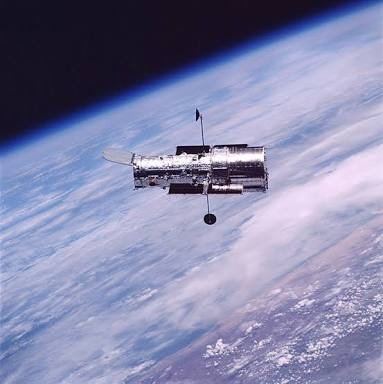

Hubble has been 27 years in space, being launched in April 24, 1990. The first image it shoot was the star cluster NGC 3532.
More Posts from Astrotidbits-blog and Others
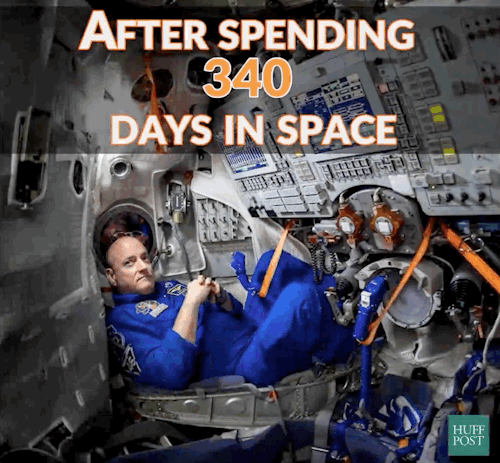
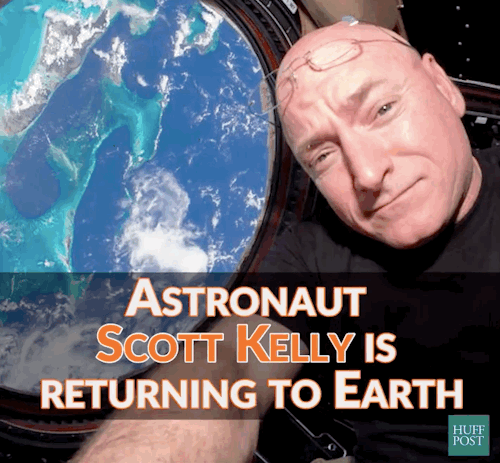
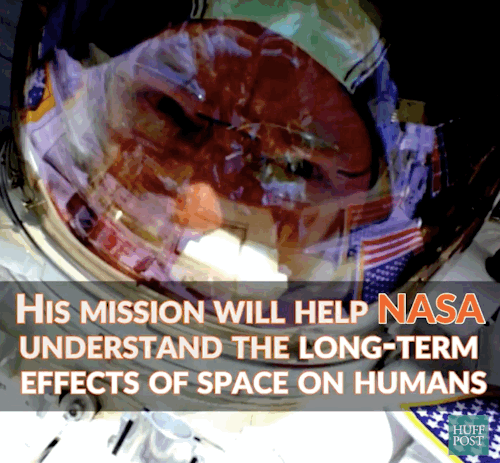
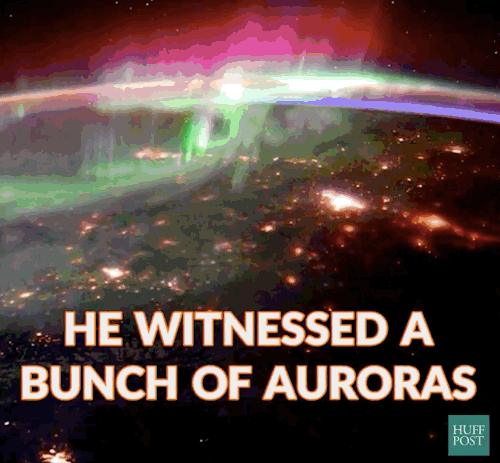
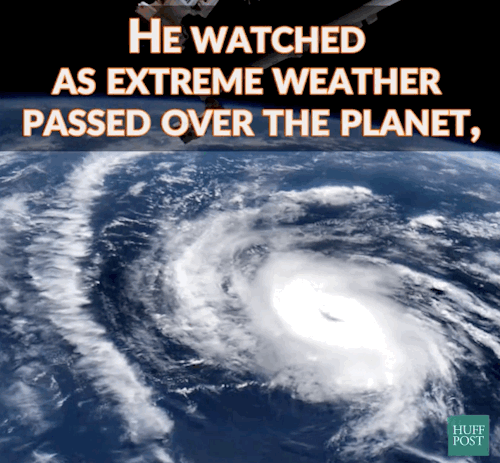
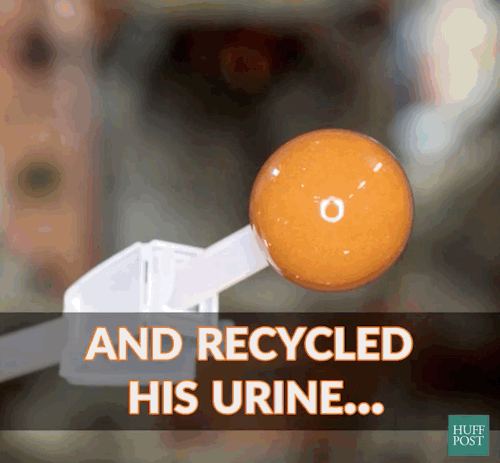
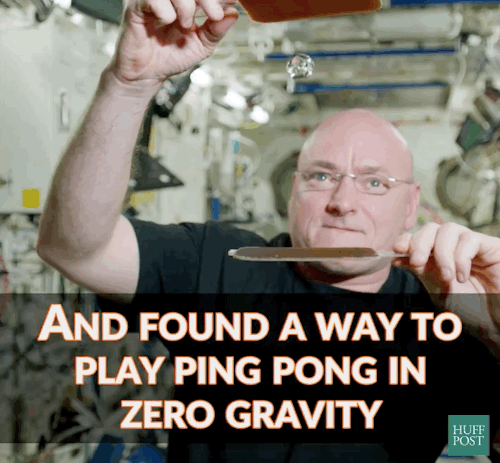
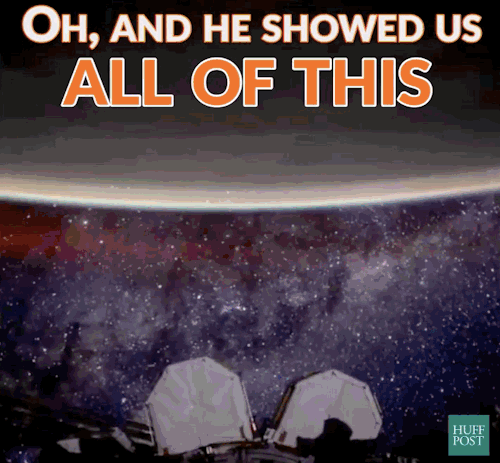

A Look Back At Astronaut Scott Kelly’s #YearInSpace
Solar System: 10 Things to Know This Week
State of the Solar System: 10 quick updates from around our galactic neighborhood.
1. Powered by the Sun

Fifty-nine years ago, Vanguard 1 launched to demonstrate a new spacecraft technology – solar power. We’ve been going farther and for longer ever since.
+More on Vanguard 1
2. Mapping Mercury

A big week in history for exploration of the innermost planet. On March 16, 1975, our Mariner 10 made its third and final flyby of Mercury. One day and 36 years later, MESSENGER became the first spacecraft to orbit Mercury. Next up: ESA’s BepiColumbo, undergoing testing now, is set to launch for Mercury in 2018.
+Missions to Mercury
3. Return to Venus

U.S. and Russian scientists are discussing a planned revival of the successful Venera program that revealed much about Venus in the 1960s, 70s and 80s. Meanwhile, Japan’s Akatsuki orbiter continues to study our sister planet.
+More on Venera-D
4. Rocket Power

Back on Earth 91 years ago (March 16, 1926), inventor and dreamer Robet Goddard changed the world forever with the first test of a liquid-fueled rocket. We’ve been going farther and faster ever since.
+More on Goddard
5. Moon Watch

Our Lunar Reconnaissance Orbiter (LRO) has been sending a steady stream of high-resolution images back to Earth for more than seven years.
+More on LRO
6. Busy Mars

There are currently five orbiters (Mars Reconnaissance Orbiter, Mars Odyssey, MAVEN, ESA’s Mars Express and India’s Mars Orbiter Mission) and two rovers (Curiosity and Opportunity) exploring Mars, making it second only to Earth in the number of robotic spacecraft studying its secrets.
+Meet the Mars Fleet
7. Vote for Jupiter

Polls close today (March 20) so vote not to point a real spacecraft camera at Jupiter during the mission’s 5th perijove pass.
+Vote now
8. Science to the Last Second

In a little less than six months, our Cassini orbiter will plunge into Saturn as a spectacular finale to its 19-year mission – but not before it embarks on a completely new mission into unexplored space between Saturn and its mighty rings.
+More on Cassini’s Grand Finale
9. By George?

Happy belated birthday to Uranus, discovered on March 13, 1781 by William Herschel. The English astronomer wanted to name his discovery – the first planet discovered in recorded history – “Georgium Sidus” after England’s King George III. But he was overruled, and astronomer stuck with traditional mythological names – creating an opportunity for 263 years of student jokes at the expense of the ice giant planet’s name.
+More on Uranus
10. Go Farther

The round trip light time from Voyager 1 to Earth is more than 38 hours. Voyager 1 is almost 13 billion miles from our home planet.
+More on Voyager
Discover more lists of 10 things to know about our solar system HERE.
Make sure to follow us on Tumblr for your regular dose of space: http://nasa.tumblr.com
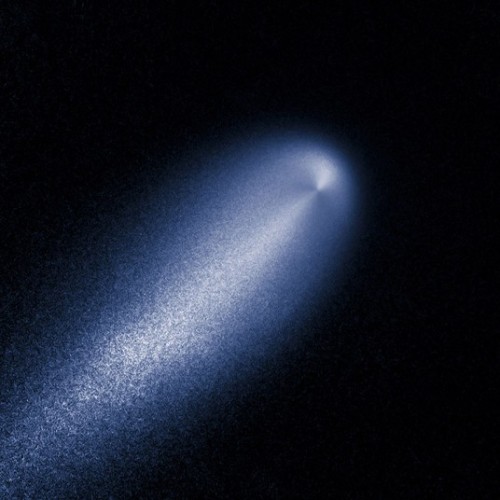
FLAIR FLIGHT A contrast-enhanced image produced from the Hubble images of comet ISON taken April 23, 2013 reveals the subtle structure in the inner coma of the comet; the coma decreases in brightness proportionally to the distance from the nucleus. Comet ISON, thought to have travelled from the Oort Cloud surrounding our solar system beginning a million years ago, will make its closest approach to the Sun on Thursday. (Photo: NASA via AP / The Telegraph)
The NASA Village
Today in the NASA Village… Environmental Monitoring: How Clean is it?
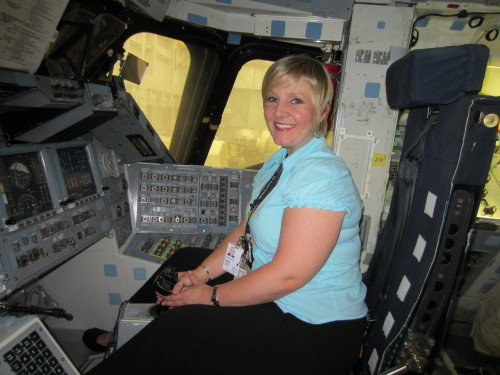
So, the International Space Station has been operating for 16 years now. Do you wonder how clean is the air astronauts breathe or the surfaces that the astronauts touch each day? Are there hazardous levels of bacteria or other toxic components in the drinking water supply? Obviously on this (18+ year) long duration endeavor, we have to monitor the air quality, the microbial content of the air, surfaces, and water, the sound levels we are experiencing, and the radiation doses that we are being exposed to. These data are not only critical for safety of the astronauts while on board, but for long term occupational health monitoring. Future deep space explorers will benefit from lessons we are learning now.
Needless to say, there are some specialized pieces of hardware that we have to know how to operate in order to perform this environmental monitoring. Elisca Hicks first joined NASA by working in the Education and Outreach Program. She later transitioned to the Space Medicine Training team in 2005. Elisca currently has a dual role in the Space Medicine Training Team. She is an instructor, she teaches the environmental monitoring hardware to Space Station crew members, but she also coordinates multiple medical student and doctor programs at Johnson Space Center.
This media slide containing mold is what Elisca teaches us to use. This helps us identify if there are issues or areas that need our additional attention.
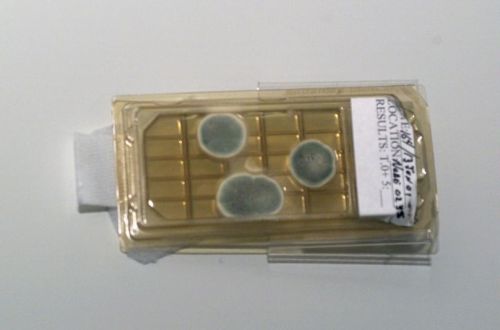
This picture shows mold found growing on a kit that was being used in an experiment. Inside the kit were tubes that contained a swab and liquid in them. The tubes were damaged (cracked lids) and they leaked, causing the mold to grow on the kit.

Here Elisca is showing me how to place the media tray in the microbial air sampler.
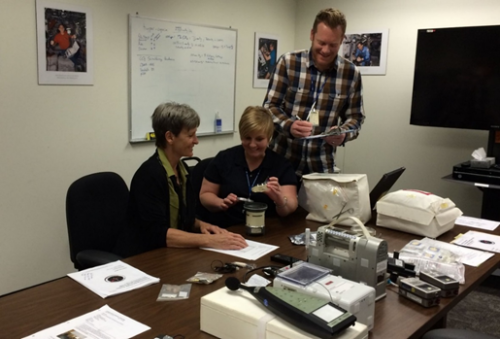
Consider that the lack of gravity means that dust does not collect just on the upper surfaces, but on all the surfaces. The ventilation system moves a lot of the debris to the filters, but electrostatic forces result in the potential for debris to collect pretty much anywhere. The worst air quality can be seen when the callouses of the crew members feet begin to come off about month 2. Remember, we are not using the bottoms of our feet for walking, so we actually get callouses on the tops of our toes from sliding them under handrails!
Next time on the NASA Village… You Need to Experience It.
Do you want more stories? Find our NASA Villagers here!
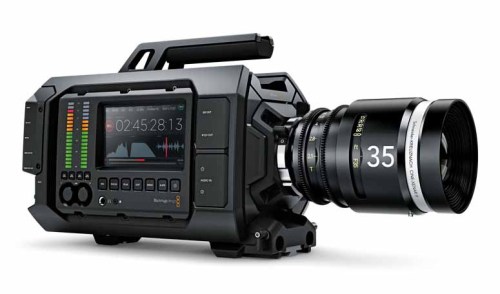
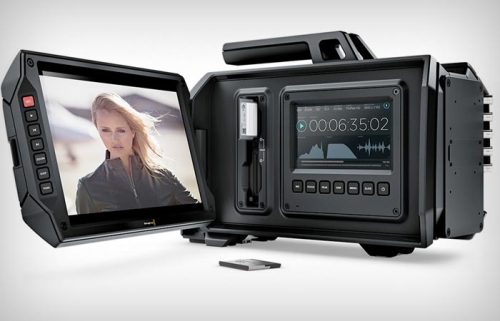

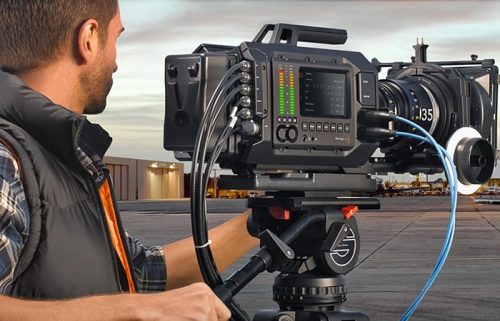
Blackmagic URSA 4K Digital Cinema Camera
And now that one special, prestigious piece of gear has finally arrived to round off the years of camera development and take you to the vertiginous peaks of unbelievable footage quality and extreme equipment versatility: the recently released Blackmagic URSA 4K Digital Cinema Camera is the ultimate camera for professional film crews and keen solo cameramen looking to revolutionize their filming sessions.

Sean Goebel - Mauna Kea Heavens 2 | gif by FD
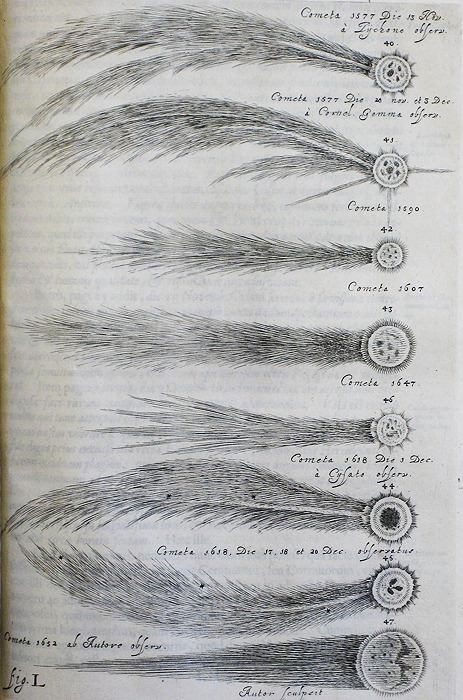
Johannes Hevelius, Cometographia (Danzig, 1668), Fig. L

Our planet seen from Saturn, captured by the Cassini spacecraft
Image credit: NASA / Cassini
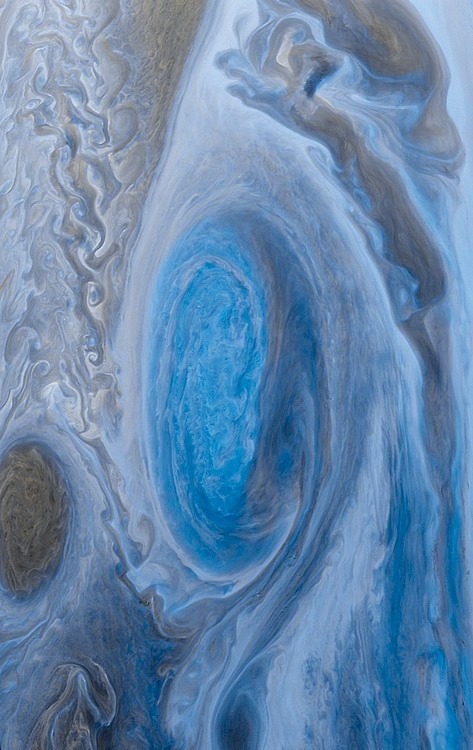
Jupiter’s Great Red Spot from Voyager 1 Color Inverted
What will become of Jupiter’s Great Red Spot? Recorded as shrinking since the 1930s, the rate of the Great Red Spot’s size appears to have accelerated just in the past few years. A hurricane larger than Earth, the Great Red Spot has been raging at least as long as telescopes could see it. Like most astronomical phenomena, the Great Red Spot was neither predicted nor immediately understood after its discovery. Although small eddies that feed into the storm system seem to play a role, a more full understanding of the gigantic storm cloud remains a topic of continued research, and may result in a better understanding of weather here on Earth. The above image is a digital enhancement of an image of Jupiter taken in 1979 by the Voyager 1 spacecraft as it zoomed by the Solar System’s largest planet. NASA’s Juno spacecraft is currently heading toward Jupiter and will arrive in 2016.
Image Credit: NASA, JPL; Digital processing: Björn Jónsson (IAAA), Color: thedemon-hauntedworld
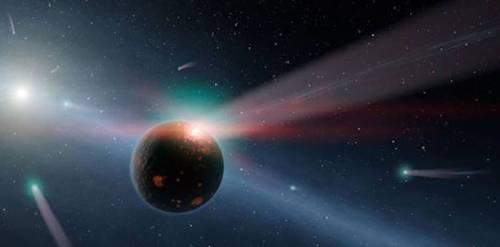
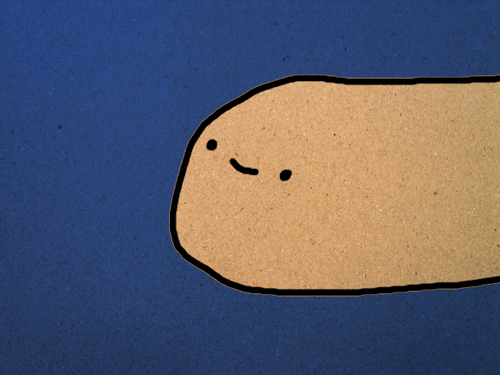
Comets may hold the secret to the origin of life on Earth
We’ve studied life on Earth extensively, but we still have no idea where it came from. Some scientists think it may have spontaneously arisen on Earth by some unknown process. Others think the ingredients for life were delivered here by comets crashing into Earth in the early days of the solar system. The latter theory just got a huge boost.
Follow @the-future-now
-
 monkeybrains8 reblogged this · 6 years ago
monkeybrains8 reblogged this · 6 years ago -
 yarpinho reblogged this · 6 years ago
yarpinho reblogged this · 6 years ago -
 yarpinho liked this · 6 years ago
yarpinho liked this · 6 years ago -
 thoughtfulpicklehoagiezine liked this · 6 years ago
thoughtfulpicklehoagiezine liked this · 6 years ago -
 walking-canv4s liked this · 6 years ago
walking-canv4s liked this · 6 years ago -
 mainofhottwunk420 liked this · 6 years ago
mainofhottwunk420 liked this · 6 years ago -
 yhellhole liked this · 6 years ago
yhellhole liked this · 6 years ago -
 soyuzam reblogged this · 6 years ago
soyuzam reblogged this · 6 years ago -
 bizantineempire reblogged this · 7 years ago
bizantineempire reblogged this · 7 years ago -
 annad58 liked this · 7 years ago
annad58 liked this · 7 years ago -
 cannibaldotcom liked this · 7 years ago
cannibaldotcom liked this · 7 years ago -
 daydreamy-crossing liked this · 7 years ago
daydreamy-crossing liked this · 7 years ago -
 radhottubninja reblogged this · 7 years ago
radhottubninja reblogged this · 7 years ago -
 slythereen--queen reblogged this · 7 years ago
slythereen--queen reblogged this · 7 years ago -
 homo-spaceboy reblogged this · 7 years ago
homo-spaceboy reblogged this · 7 years ago -
 this-is-my-zen reblogged this · 8 years ago
this-is-my-zen reblogged this · 8 years ago -
 space-andthings-blog reblogged this · 8 years ago
space-andthings-blog reblogged this · 8 years ago -
 taksidi01-blog liked this · 8 years ago
taksidi01-blog liked this · 8 years ago -
 billykatplan reblogged this · 8 years ago
billykatplan reblogged this · 8 years ago -
 loverphilosopher liked this · 8 years ago
loverphilosopher liked this · 8 years ago -
 timothypiano-blog liked this · 8 years ago
timothypiano-blog liked this · 8 years ago -
 coolballoonbear liked this · 8 years ago
coolballoonbear liked this · 8 years ago -
 freesiagalax reblogged this · 8 years ago
freesiagalax reblogged this · 8 years ago -
 freesiagalax liked this · 8 years ago
freesiagalax liked this · 8 years ago -
 astrotidbits-blog reblogged this · 8 years ago
astrotidbits-blog reblogged this · 8 years ago -
 astrotidbits-blog liked this · 8 years ago
astrotidbits-blog liked this · 8 years ago -
 dsnoopyzi-blog liked this · 8 years ago
dsnoopyzi-blog liked this · 8 years ago -
 lilelf21-blog liked this · 8 years ago
lilelf21-blog liked this · 8 years ago -
 againstthevoid reblogged this · 8 years ago
againstthevoid reblogged this · 8 years ago -
 sstarsapphic liked this · 8 years ago
sstarsapphic liked this · 8 years ago -
 mileysyrups liked this · 8 years ago
mileysyrups liked this · 8 years ago -
 georgechaos liked this · 8 years ago
georgechaos liked this · 8 years ago -
 sweetistaboo reblogged this · 8 years ago
sweetistaboo reblogged this · 8 years ago -
 theartistoflifeandbeauty liked this · 8 years ago
theartistoflifeandbeauty liked this · 8 years ago -
 xxx--orangeink--xxx-blog liked this · 8 years ago
xxx--orangeink--xxx-blog liked this · 8 years ago -
 thembocoles reblogged this · 8 years ago
thembocoles reblogged this · 8 years ago -
 patswavvy reblogged this · 8 years ago
patswavvy reblogged this · 8 years ago -
 blacknpurrpleclouds reblogged this · 8 years ago
blacknpurrpleclouds reblogged this · 8 years ago -
 florrreeenncc reblogged this · 8 years ago
florrreeenncc reblogged this · 8 years ago -
 randomthoughtsonanapkin reblogged this · 8 years ago
randomthoughtsonanapkin reblogged this · 8 years ago